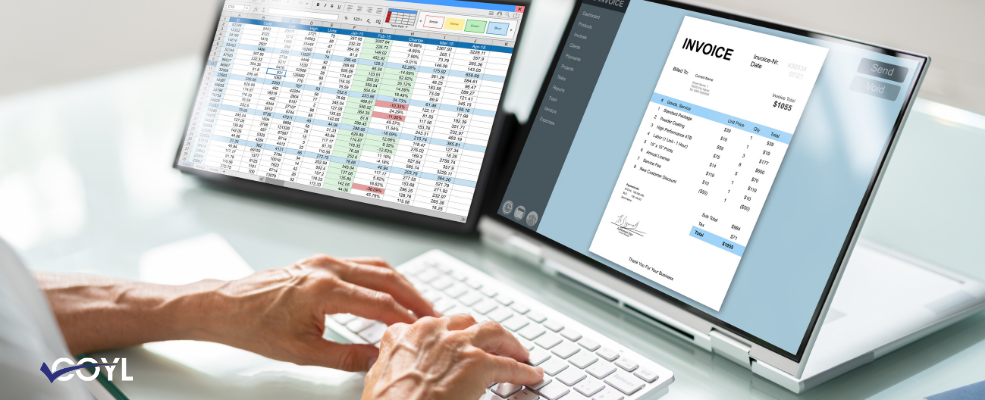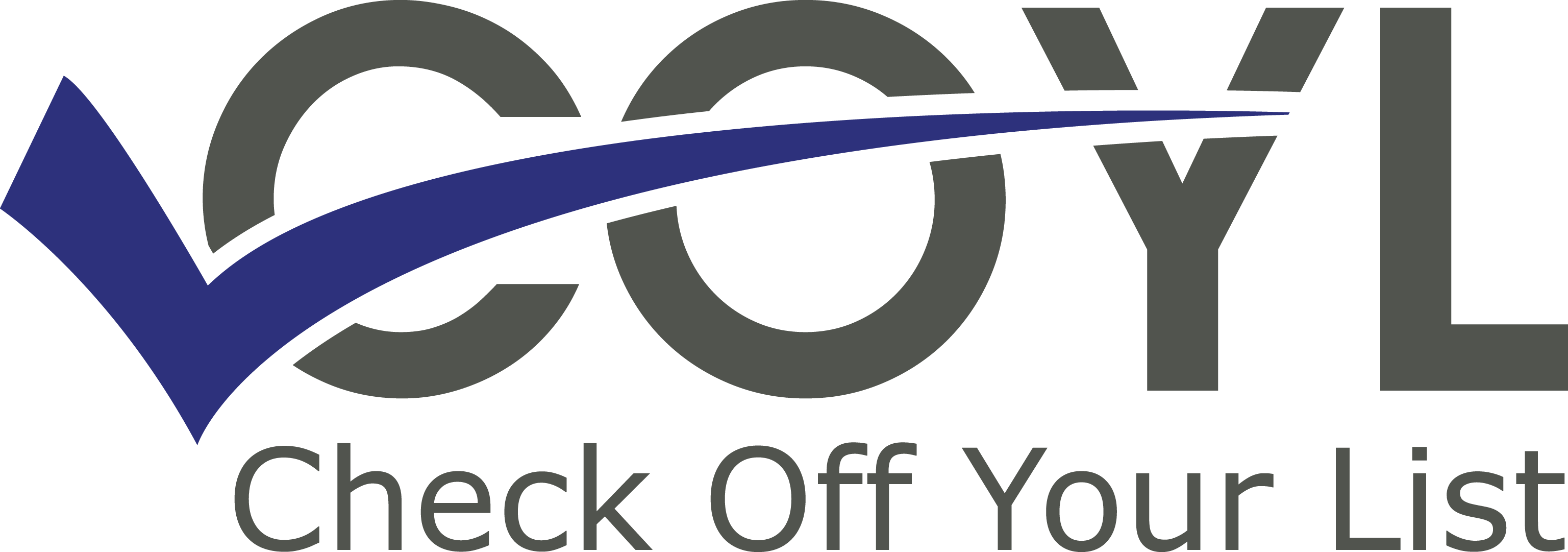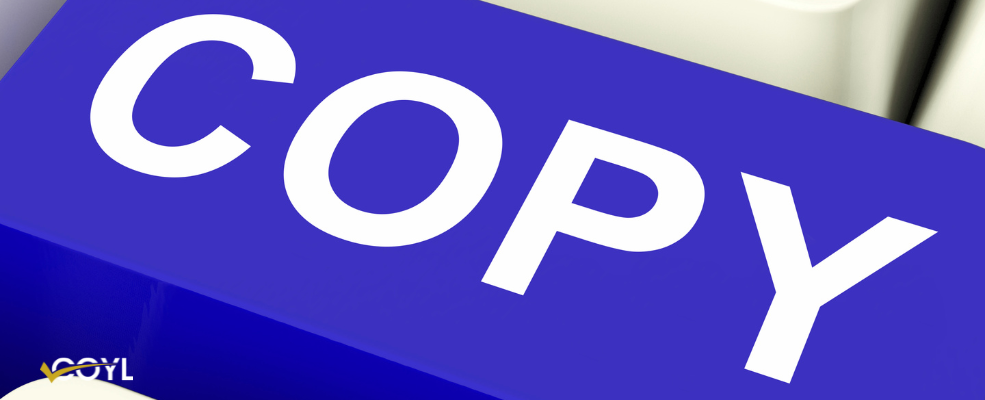Managing finances is one of the trickiest parts of running a business—big or small. Cash flow, invoices, credit, payments—you name it, it’s easy to feel like you’re swimming in accounting jargon faster than you can say “P&L.” Somewhere in this sea of terms, you may stumble upon net 30 payment terms. What does it mean? And more importantly, should you use it as part of your business operations?
Fear not! We have a simple, no-fluff guide to help you understand net 30 payment terms from the perspective of your trusty accounting department (yes, the same folks whose sole purpose is preventing financial chaos).
Spoiler alert: Knowing when and how to use net 30 could be the key to improving customer relationships and keeping your bottom line happy. Intrigued? Time to dig in.
What Are Net 30 Payment Terms (and How Do They Work)?
Net 30 payment terms may sound fancy, but here’s a simpler explanation. It’s a trade-credit agreement between a seller and a buyer. The “30” indicates the customer has 30 days to pay their invoice in full after the billing date—think of it as a mini-IOU system for businesses.
Instead of demanding upfront payment, net 30 allows buyers (typically other businesses) some breathing room to pay for the goods or services they’ve ordered. Instead of demanding upfront payment, net 30 allows buyers (typically other businesses) some breathing room to pay for the goods or services they’ve ordered, such as nursing homes coordinating meal plan setups for their residents.
Here’s what makes it unique:
- Cash isn’t king (immediately): Unlike credit cards or cash payments, net 30 gives B2B customers financial flexibility while still sealing the deal.
- It’s not the same as credit card payment: No interest is charged, but some businesses that want to speed up cash flow offer a discount if paid early (e.g., 1% NET 10). This system relies on trust, invoices, and due diligence.
- Primarily B2B-friendly: Net 30 is most commonly suited for business-to-business transactions, making it less common in everyday consumer settings.
Now that we know what it is, shall we dig into the juicy stuff? Yes, the pros and cons.

The Bright Side of Net 30 Terms (aka the Pros)
Net 30 payment terms aren’t just about pushing back due dates—it’s a tried-and-true practice that offers a solid array of benefits for both companies.
For Buyers
- Financial Breathing Room: Buyers get extra time to juggle financial obligations. Don’t have immediate cash on hand for a bulk supply purchase? Net 30 to the rescue.
- Upscaling Inventory on a Dime: If your company profits from goods resold to customers, net 30 lets you scale inventory right away while waiting for customer payments. Essentially, it smooths over the “how do I afford stock today but get paid later?” conundrum.
For Sellers
- Boost Order Volumes: The option for savings encourages businesses to place larger orders, as they can take advantage of discounts or extended payment flexibility.
- Stronger Business Relationships: Offering net 30 demonstrates trust and flexibility, which can lead to stronger, potentially long-term client relationships. Everyone loves working with understanding vendors.
- Competitive Sales Advantage: Few things make your business more attractive to customers than a reputation for giving favorable payment terms.
Simply put, from the buyer’s perspective, Net 30 offers much-needed breathing room. And for sellers? Build trust, sweeten deals, and gain customer loyalty points along the way.
The Gritty Side of Net 30 Terms (aka the Cons)
But wait. It’s not all sunshine and overflowing bank accounts. Net 30 terms can come with trade-offs that require careful consideration, especially for sellers.
For Sellers
- Delayed Cash Flow: Need cash urgently for restocking or payroll? Net 30 might leave you scrambling as you wait for payments. Meanwhile, expenses don’t politely “pause.”
- The Risk of Non-Payment: Unfortunately, clients are human (and sometimes flaky). Late payments—or worse, no payments—translate into significant headaches for sellers.
- Seasonal Shifts: For businesses coming off a busy season, sales may drop while costs remain high, leaving an initial month of higher expenses compared to the cash coming in.
Potential Solutions
Dealing with these challenges is manageable when you’re prepared.
- Require Upfront Deposits: Want less risk? Ask clients for a percentage upfront, even if they’re on net 30 terms.
- Outline Late Payment Fees: Introducing consequences for delayed payments keeps customers accountable.
- Thorough Vetting: Ensure you only extend this offer to clients with strong payment histories. Better safe than sorry, right?
Whether this all feels worth your time or stress depends on your business priorities.

Should You Use Net 30 Payment Terms?
Ah, the million-dollar question—literally. Deciding whether to use net 30 (or not) depends on your industry, cash flow needs, and client relationships. Since every business has its quirks, here are key considerations before you decide:
- Cash Flow Capability: Can your business afford to wait 30 days for payments while covering necessary operational costs?
- Client Reliability: Are the businesses you’re working with trustworthy and financially stable? Red flags here = big trouble later.
- Strategic Goals: Is your priority to gain loyal customers or prioritize bulletproof cash flow?
Still unsure? Here’s our honest opinion: There’s no one-size-fits-all rule. What works seamlessly for a nursing home service coordinating meal plans with net 30 terms might not suit a direct-to-consumer retailer that requires fast, upfront payments. If in doubt, seek advice from accounting experts (like, say, our Check Off Your List team). Shameless plug? Absolutely. Helpful? 100%!
Final Brew Down
Net 30 payment terms are, without a doubt, a valuable tool in any business’s toolbox. They create trust, open up flexibility for buyers, and allow room to nurture long-term partnerships.
But every coin has two sides. The same terms can create delayed cash flow, potential risks, and general headaches for sellers. The key is knowing when net 30 makes sense for your company.
Got it all figured out? Good! Still scratching your head? No problem. Our friendly Check Off Your List accounting department is here to help you sort through financial strategies and take the stress off your plate.
Whatever deck your business is currently playing with, remember this golden rule—financial strategy isn’t about having all the answers upfront; it’s about using the right tools at the right time. And net 30 might just be the card you need to play next.





